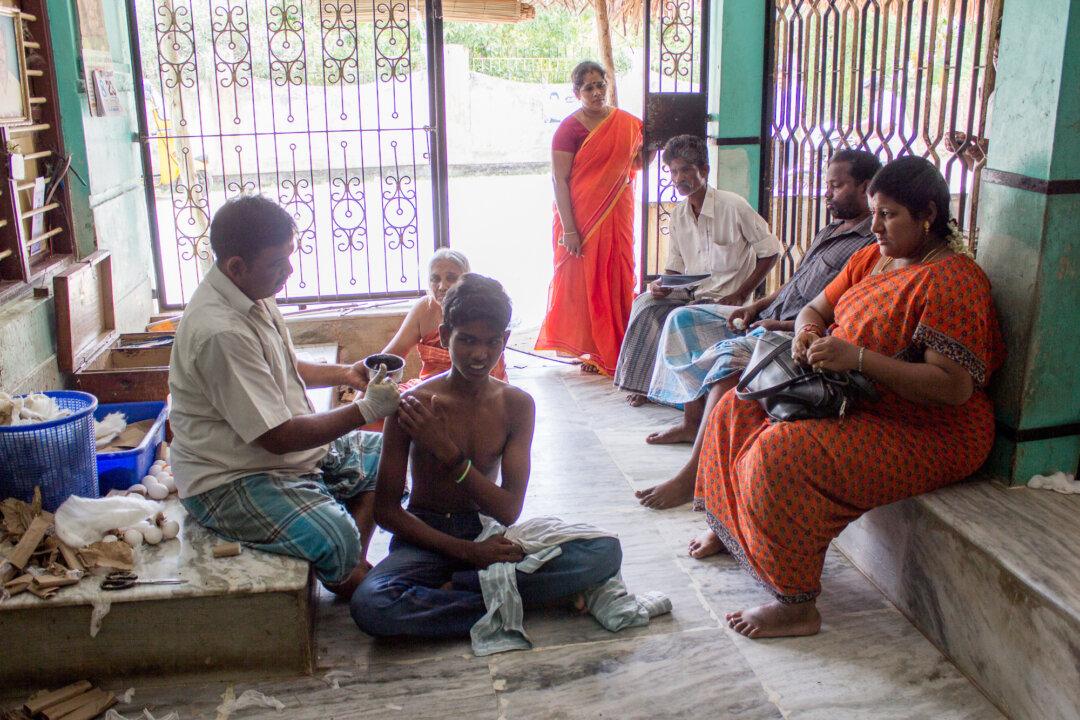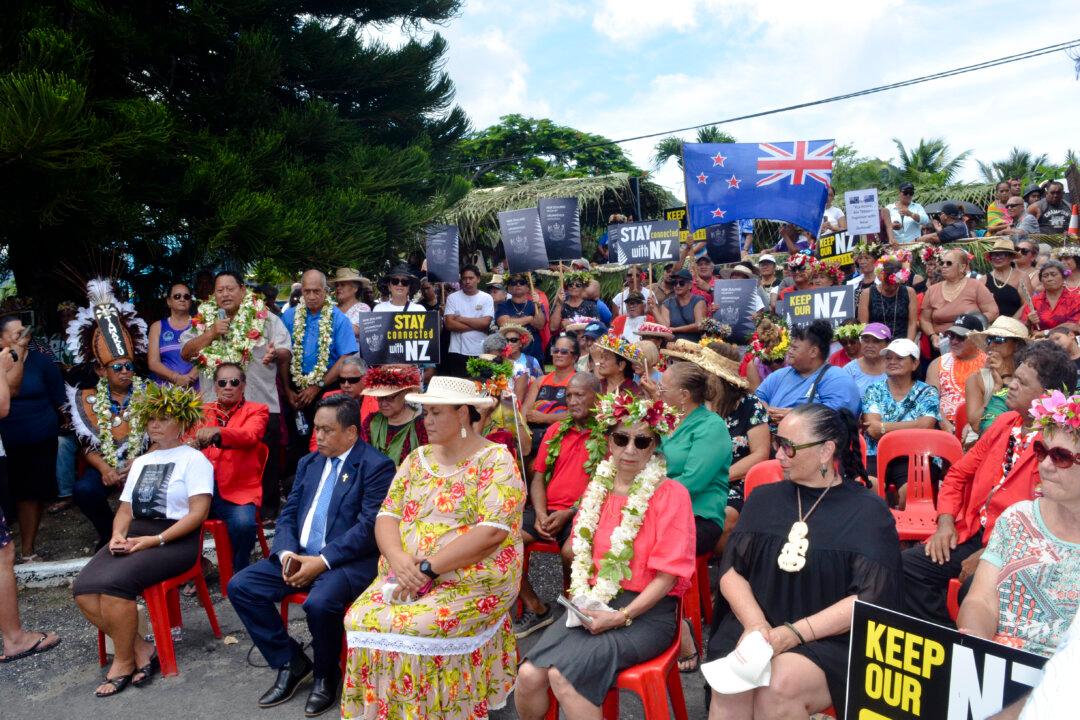PUDUCHERRY, India—Keeping their family tradition alive, three brothers in India continue to treat patients using a traditional bone-setting method called “putter kattu” that uses neither x-rays nor painkillers nor casts.
The three brothers, Murugappan R., Ayappan, and Kannan are third generation healers who work out of a small, one-room clinic in the village of Abishegapakkam in the territory of Puducherry on the southeast coast of India.
While they live in a small, remote village of about 400 families, they have no shortage of patients.
On a weekday in January, people lined the walls, standing and sitting, while over a hundred waited outside in an open-air shelter.
The Procedure
The first thing the healers did for a patient was to feel the area where the fracture, dislocation, or sprain occurred.
“Touching the bones he [Murugappan ] can tell what the problem is,” explained Hariharan M., Murugappan’s 18 year-old-son.
The aforementioned study on puttur kattu, which was done on a clinic in the southwest state of Andhra Pradesh over a three-year period, found that nearly 51 percent of the 146 patients they interviewed had been admitted to college.
“Education is not a barrier to patronize this traditional treatment,” the study concluded.
The follow-up study of 52 of the patients at the clinic found that 37 of them (71 percent) were satisfied with their treatment, but more research was needed to better assess the effectiveness of the practice, the study concluded.
In a country like India where the public health system is poor and traditional medicine perceived as effective and cheap, traditional healers like these remain popular among all classes of society in India.
Update: The English and botanical name for the plant used in the compress were exchanged for the Tamil name.





